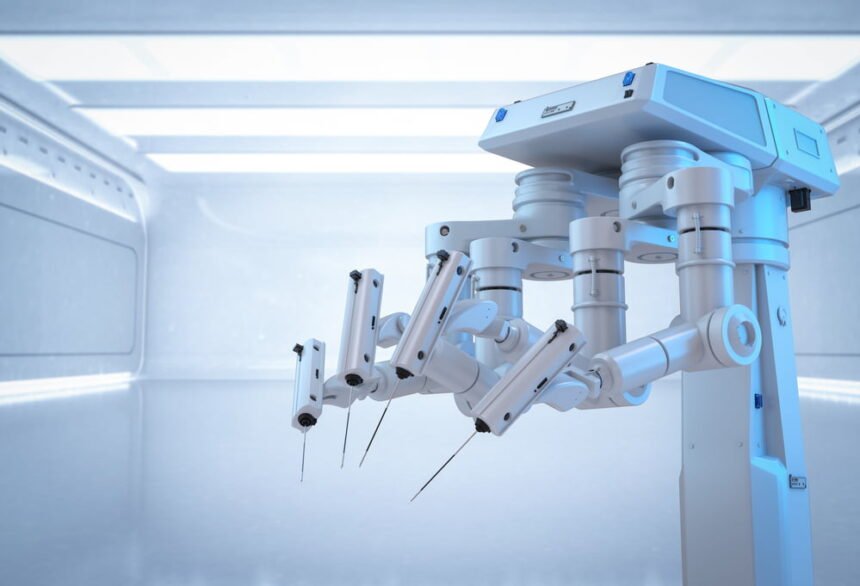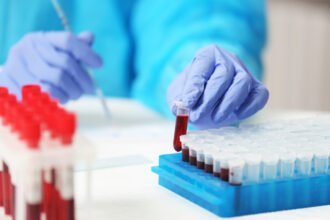One of the most important early phases of medical device development is understanding device classification. Even experienced device manufacturers agree that this process is challenging. Where do you even begin? And how do you know you’ve selected the right classification?
Mistakes can be costly and add not only additional expense but slow your path to market. So before you begin developing and defining your healthtech product roadmap, it’s important to review device classification categories to ensure you meet the regulatory requirements you’ll encounter throughout the entire product lifecycle, set the right KPIs and be ready to launch on time and on budget.
We’ll share essential steps from our experience of bringing award-winning end-to-end FDA and CE Mark-approved telehealth, software as a medical device, digital therapeutics and MedTech to market so you can start your medical device development path on the right foot.
FDA medical device classification
For our purposes, we are going to focus on the US market and FDA medical device classification. While there are some similarities between the EU and the US regulatory regimes, device classification and subsequent requirements do vary between the two. In general, FDA approval is tougher to get than a CE Mark (medical device classification MDR) since the FDA requires full clinical investigations, whereas a CE Mark can be obtained through clinical evaluation. To oversimplify, if you achieve FDA approval, you should have the right documentation to begin the CE process (though with specific changes to the process) but not vice versa.
The guidelines for device classification can be incredibly confusing for device manufacturers. If your product is deemed a medical device, it will be classified into one of three classes—Class I, II, or III— in the US based on its risks and the regulatory controls required to provide a “reasonable assurance and safety and efficacy.”
These similarities are shared in other jurisdictions worldwide. Class I devices typically pose the lowest risks to patients/users, while Class III poses the highest. Examples of devices by product classes include:
- Class I: tongue depressors, nonelectric wheelchairs, oxygen masks, hospital beds. 47% of medical devices comprise this category, with 95% exempt from the regulatory process but not exempt from general controls.
- Class II: computer tomography scanners, infusion pumps, blood pressure monitors, glucose strips. 43% of medical devices fall under this category. Subject to special controls and Premarket Notification.
- Class III: pacemakers, deep brain stimulators, implantable cochlear stimulators. 10% of medical devices. Subject to highest controls and must go through the Premarket Approval process.
In short, the higher the class a medical device is deemed to be, the more regulatory scrutiny that it must go through and generally, the longer the route to market.
While reviewing FDA requirements, be sure to check out their online tool that breaks down the 16 different device panels and provides useful information on what classes other devices fall into. This will help you craft your intended use and indications of use statements which are central to determining your product’s classification.
Your intended use and indication of use are general statements about how your product will be used. It’s essential to carefully formulate these and work with regulatory experts to help you best craft them to enable greater product flexibility.
Premarket Notification vs. Premarket Approval
When bringing medical devices to market in the US, manufacturers must determine if they submit premarket notification—also known as 510(k)—or apply for premarket approval (PMA). These terms sound similar, but the cost, time, and documentation required to achieve them vary immensely. And the choice you make determines how quickly your product can launch.
Premarket Notification 510(k)
If your device is similar to one already on the market, 510(k) is the best route. It’s faster and more affordable but must be submitted a minimum of 90 days before you market your device.
In this process, you’ll demonstrate how your device is different from existing ones while showing it still maintains the same levels of safety and efficacy for similar use. You will have to provide documented lab testing, though clinical trials likely won’t be required unless your device differs significantly from the predicate.
Do note this also this FDA-clearance pipeline, so even if you succeed through this approach, you cannot market as FDA-approved.
Premarket Approval (PMA)
If you’re bringing a completely new medical device to market that falls under Class III categorization, the FDA will require extensive scientific evidence. This includes laboratory and clinical trial data to determine the product is ready to be marketed.
Be aware that the FDA also retains the right to approve, deny, or request additional data at its discretion during any stage of the process.
Medical device classification and development strategies
Device classification and development strategies are complex. Many considerations must go into them. Before you get far down the path of development, it’s important to craft your intended use statements and get a general understanding of where your device is likely to be classified.
But from here, many different variables come into play. At Star, we begin by getting to know more about your company, endgame and operational reality. This helps us identify the best approach to co-creating HealthTech software solutions for them.
Bringing a medical device to market is costly, but there are ways to streamline the process. Classification is essential here. For example, a well-funded startup may have the resources to pursue regulated development immediately. However, these same efforts might be better spent creating a consumer-grade device that doesn’t have to meet stringent FDA criteria while building a user base and establishing market fit.
Similarly, an established cross-sector looking to jump into the medical device industry might be able to navigate a longer timeline for the broader goal of approval and subsequent provider and payer support. However, they may not have the internal bench needed for documentation, development and post-market requirements. They’ll need experts who can translate their scale and expertise in new and complex terrain.
Either way, Star’s HealthTech Practice can help. Our multinational team of cross-functional regulatory and product strategists, designers and engineers and our global delivery center network means we can support you at every stage of your medical device product journey. Startup or enterprise. New entrant or legacy brand. Star helps companies navigate complexity and craft MedTech and digital healthcare products that improve people’s lives worldwide.










